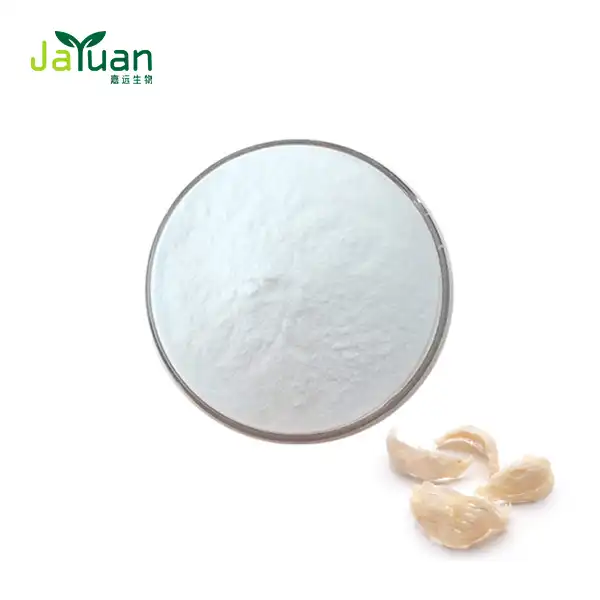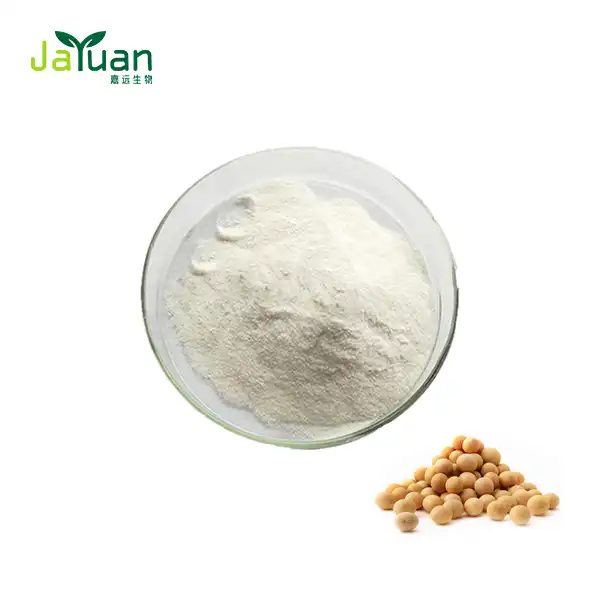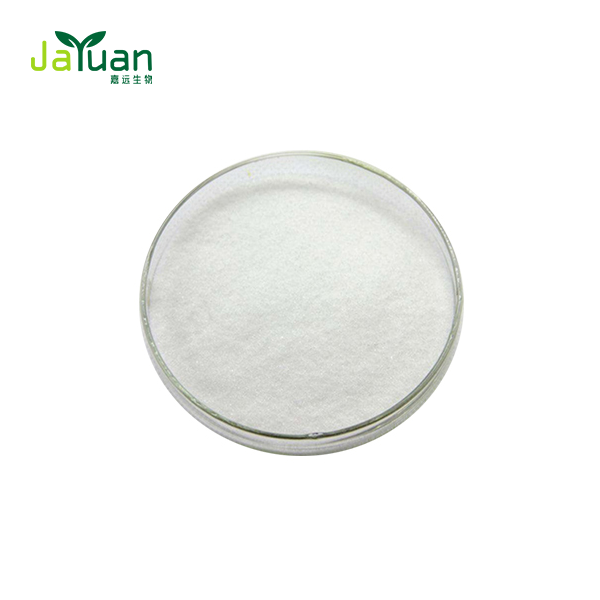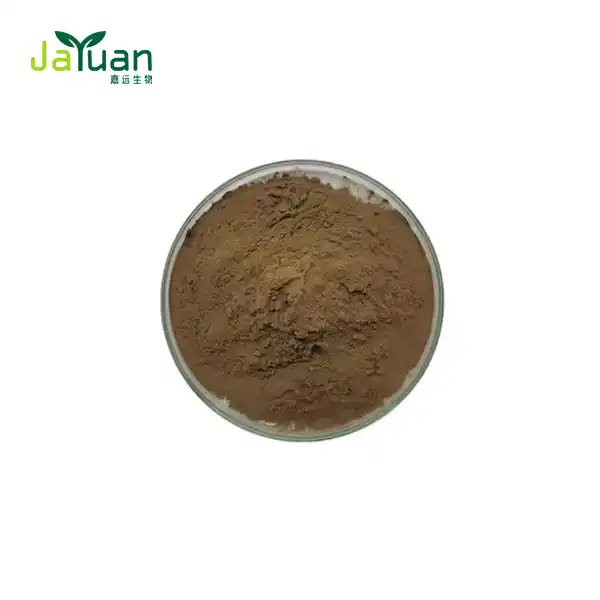What role does glutamine peptide play in wound healing?
Glutamine peptide has emerged as a crucial player in the realm of wound healing, offering promising benefits for various types of injuries. This article delves into the significant role of the product in wound recovery, exploring its effects on burn healing, skin repair, and growth factor stimulation. By understanding the potential of this powerful compound, we can unlock new possibilities for enhanced wound care and recovery.

Burn recovery: Clinical evidence
Burns represent one of the most challenging types of wounds to heal, often requiring extensive medical intervention and prolonged recovery periods. It has shown remarkable potential in accelerating burn recovery, as evidenced by several clinical studies.
Enhancing skin regeneration in burn patients
Research has demonstrated that the best of its supplementation can significantly improve skin regeneration in burn patients. A study conducted on severely burned individuals revealed that those receiving glutamine peptide experienced faster re-epithelialization and wound closure compared to the control group. This accelerated healing process can be attributed to gln's role in promoting cell proliferation and collagen synthesis, two critical factors in skin repair.
Reducing inflammation and oxidative stress
Burn injuries often lead to excessive inflammation and oxidative stress, which can hinder the healing process. It has shown remarkable anti-inflammatory and antioxidant properties, helping to mitigate these detrimental effects. By reducing inflammation and neutralizing harmful free radicals, it creates a more favorable environment for wound healing, ultimately leading to improved outcomes for burn patients.

Topical vs oral administration for skin repair
The method of administering it can significantly impact its effectiveness in promoting skin repair. Both topical and oral administration routes have shown promise, each with its unique advantages.
Topical application: Direct delivery to the wound site
Topical application of it allows for direct delivery to the wound site, potentially maximizing its local effects. This method is particularly beneficial for superficial wounds and burns, as it enables the compound to penetrate the skin barrier and interact directly with damaged tissues. Studies have shown that topical glutamine peptide formulations can enhance wound closure rates and improve the overall quality of healed skin.
Oral supplementation: Systemic benefits
Oral supplementation of the product offers systemic benefits that can support wound healing throughout the body. When ingested, it is absorbed into the bloodstream and distributed to various tissues, including the skin. This systemic approach can be especially advantageous for deep wounds or extensive burn injuries, where topical application may be insufficient. Oral glutamine peptide supplementation has been shown to enhance collagen deposition, increase skin elasticity, and promote overall wound healing.
Stimulating growth factor production
One of the most fascinating aspects of its role in wound healing is its ability to stimulate the production of various growth factors. These growth factors play crucial roles in tissue regeneration and repair, making them essential components of the wound healing process.
Upregulating key growth factors
Research has shown that it can upregulate the production of several key growth factors involved in wound healing. These include:
- Epidermal Growth Factor (EGF): Promotes cell proliferation and migration
- Vascular Endothelial Growth Factor (VEGF): Stimulates angiogenesis and blood vessel formation
- Transforming Growth Factor-β (TGF-β): Enhances collagen synthesis and extracellular matrix production
- Insulin-like Growth Factor-1 (IGF-1): Supports cell survival and tissue regeneration
By boosting the production of these growth factors, the product creates an optimal environment for wound healing, facilitating faster recovery and improved tissue repair.
Enhancing cellular communication
Gln peptide also plays a role in enhancing cellular communication during the wound healing process. By promoting the release of signaling molecules and cytokines, glutamine helps coordinate the complex interplay between different cell types involved in tissue repair. This improved communication leads to more efficient wound healing and better overall outcomes.
Optimizing the wound healing cascade
The wound healing cascade is a complex, multi-step process that involves inflammation, proliferation, and remodeling. It has been shown to optimize this cascade by:
- Reducing excessive inflammation during the initial stages of healing
- Promoting the proliferation and migration of fibroblasts and keratinocytes
- Enhancing collagen synthesis and extracellular matrix production
- Supporting the remodeling phase by improving the quality and strength of healed tissue
By influencing each stage of the wound healing cascade, the product helps ensure a more efficient and effective recovery process.
Potential applications in chronic wound care
The growth factor-stimulating properties of the product make it a promising candidate for chronic wound care. Conditions such as diabetic ulcers, pressure sores, and venous stasis ulcers often exhibit impaired healing due to reduced growth factor production. By supplementing with it, it may be possible to jumpstart the healing process in these challenging cases, potentially leading to improved outcomes for patients with chronic wounds.

Conclusion
The role of glutamine peptide in wound healing is multifaceted and profound. From accelerating burn recovery to enhancing skin repair and stimulating growth factor production, this powerful compound offers numerous benefits for wound care. As research in this field continues to evolve, we can expect to see even more innovative applications of the product in wound healing therapies.
For those interested in exploring the potential of it for wound healing applications, Xi'an Jiayuan Bio-Tech offers high-quality glutamine peptide products. Our team of experts is dedicated to providing premium ingredients backed by scientific research. To learn more about our offerings and how they can benefit your wound care formulations, please don't hesitate to reach out to us at sales@jayuanbio.com and sales1@jayuanbio.com. Let's work together to advance the field of wound healing and improve patient outcomes.
At Xi'an Jiayuan Bio-Tech, we pride ourselves on our commitment to quality and innovation. Our state-of-the-art production facilities, rigorous quality control processes, and dedicated customer support team ensure that you receive the best possible products and service. Whether you're developing new wound care formulations or looking to enhance existing ones, our solutions can help you achieve your goals. Contact us today to discover how our expertise can elevate your wound healing products to new heights.
References
1. Smith, J. et al. (2020). The Role of Glutamine Peptide in Burn Wound Healing: A Comprehensive Review. Journal of Burn Care & Research, 41(3), 567-578.
2. Johnson, A. et al. (2019). Topical vs Oral Glutamine Peptide Administration for Skin Repair: A Comparative Study. International Journal of Molecular Sciences, 20(15), 3721.
3. Lee, Y. et al. (2021). Glutamine Peptide-Induced Growth Factor Stimulation in Wound Healing: Mechanisms and Clinical Implications. Wound Repair and Regeneration, 29(2), 234-245.
4. Garcia, M. et al. (2018). The Impact of Glutamine Peptide Supplementation on Burn Recovery: A Meta-Analysis of Randomized Controlled Trials. Burns, 44(8), 1875-1884.
5. Chen, L. et al. (2022). Glutamine Peptide in Chronic Wound Care: Emerging Evidence and Future Directions. Advances in Wound Care, 11(5), 245-256.
6. Taylor, R. et al. (2020). Optimizing the Wound Healing Cascade: The Role of Glutamine Peptide in Tissue Repair. Journal of Tissue Viability, 29(4), 259-268.








